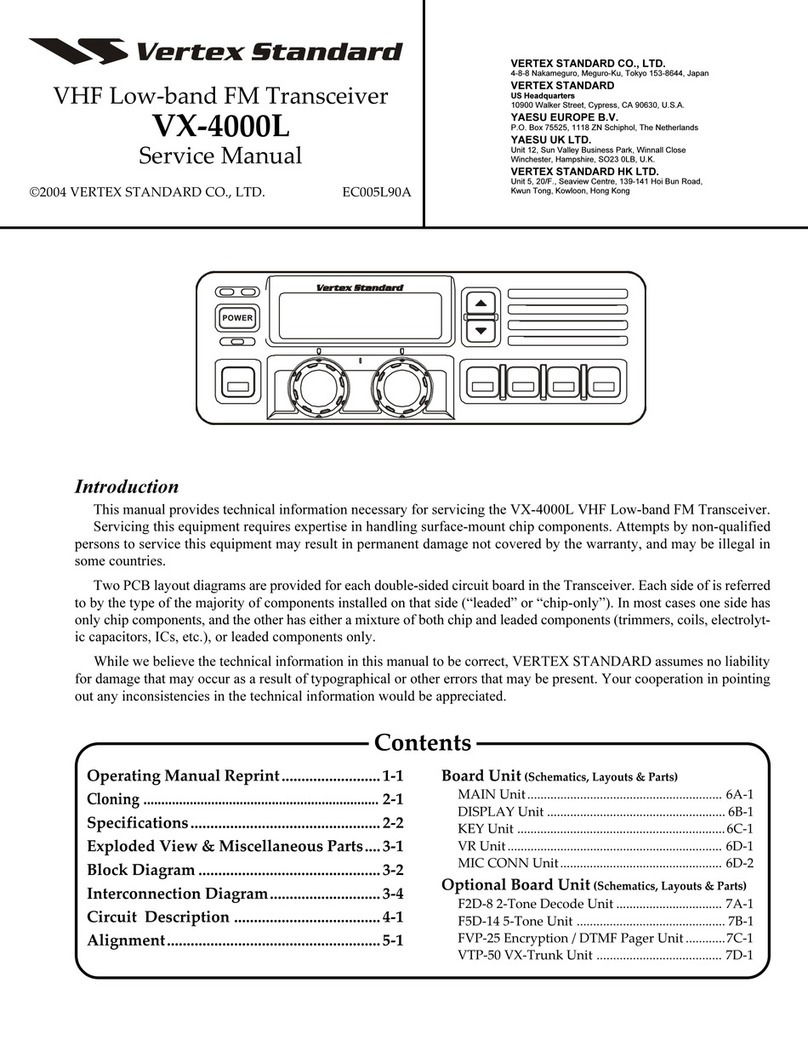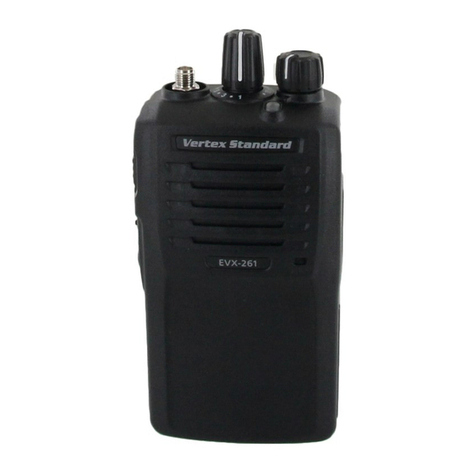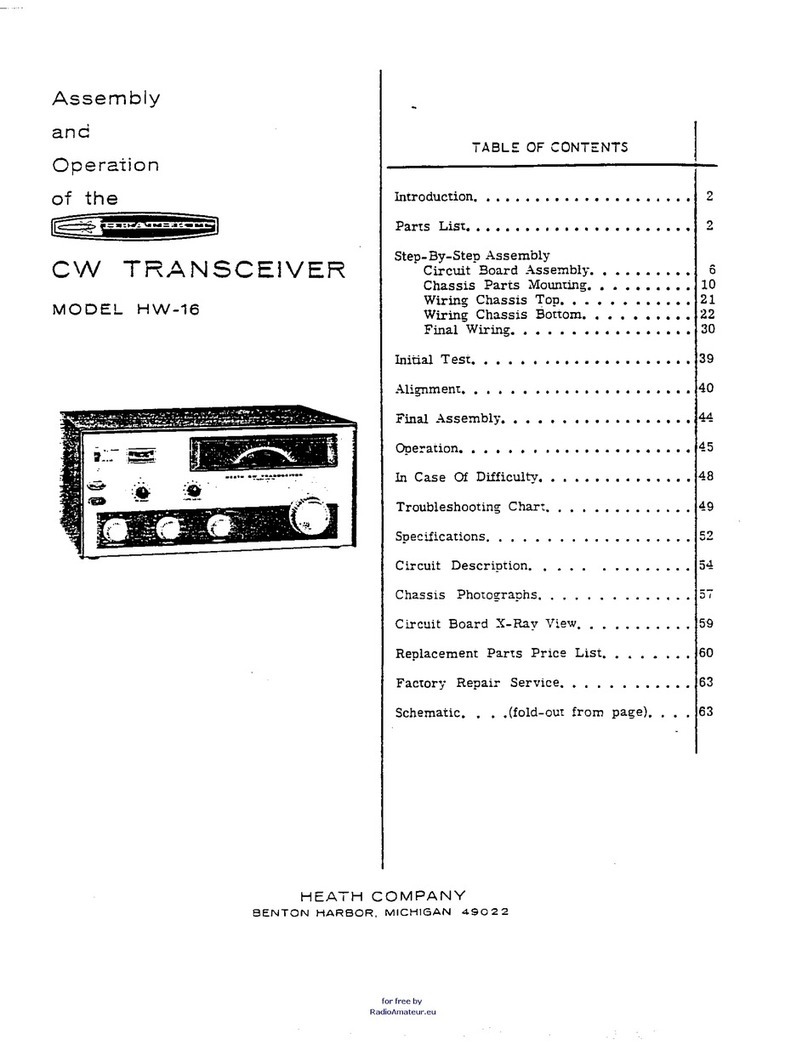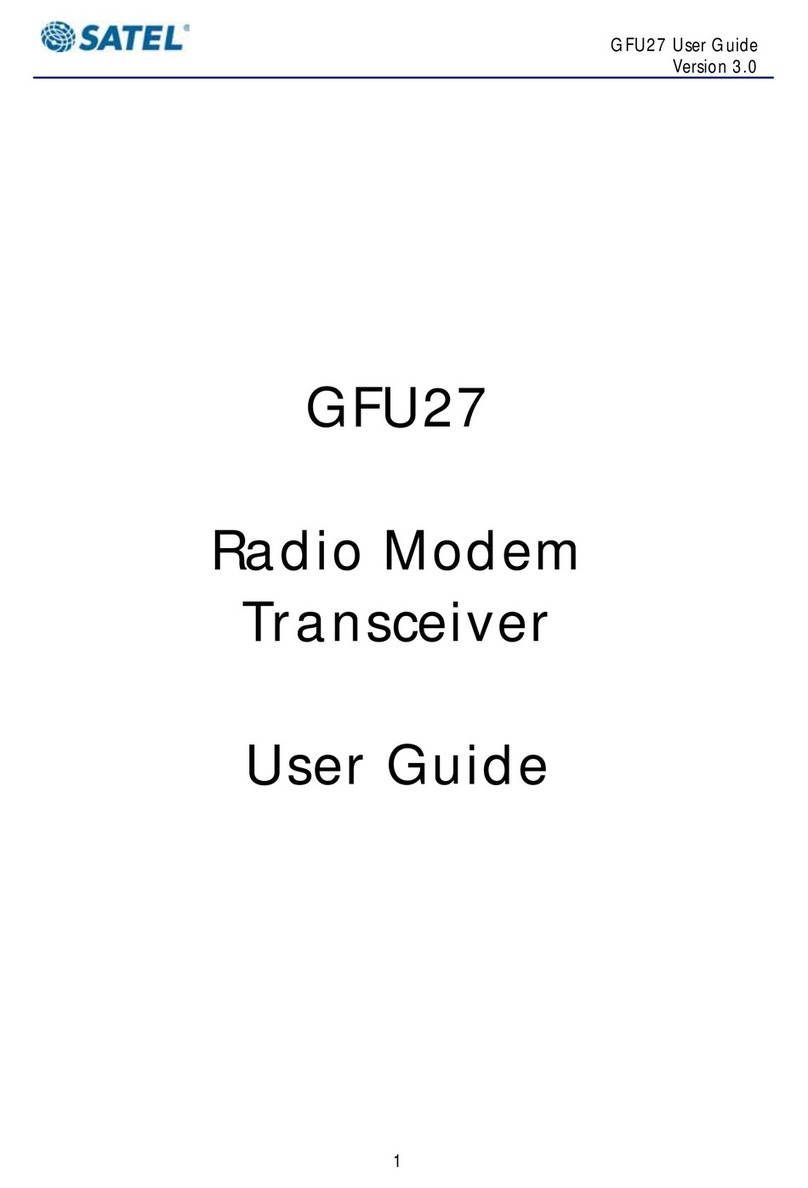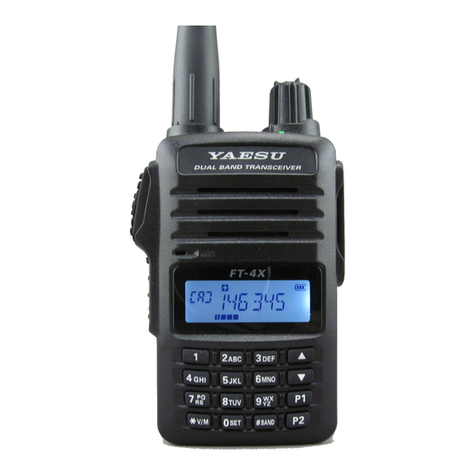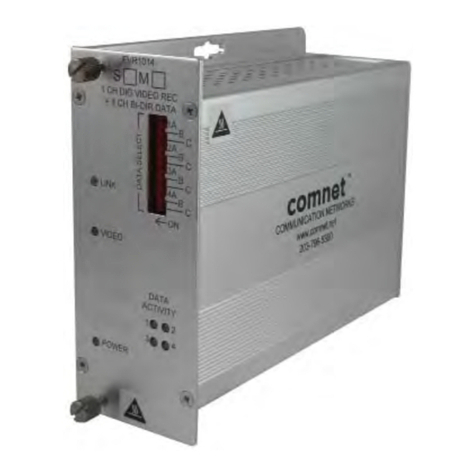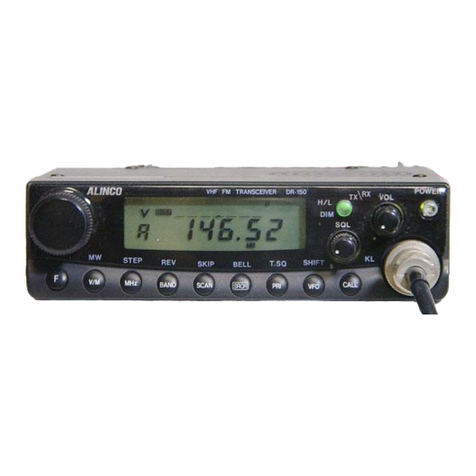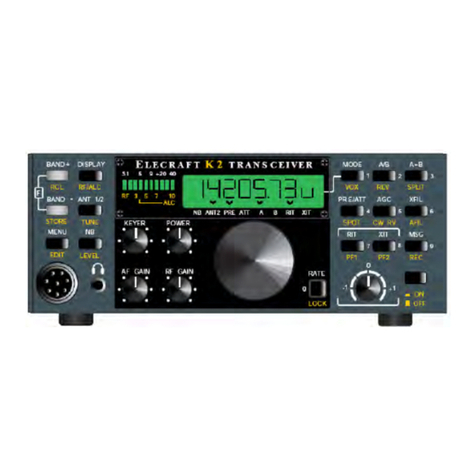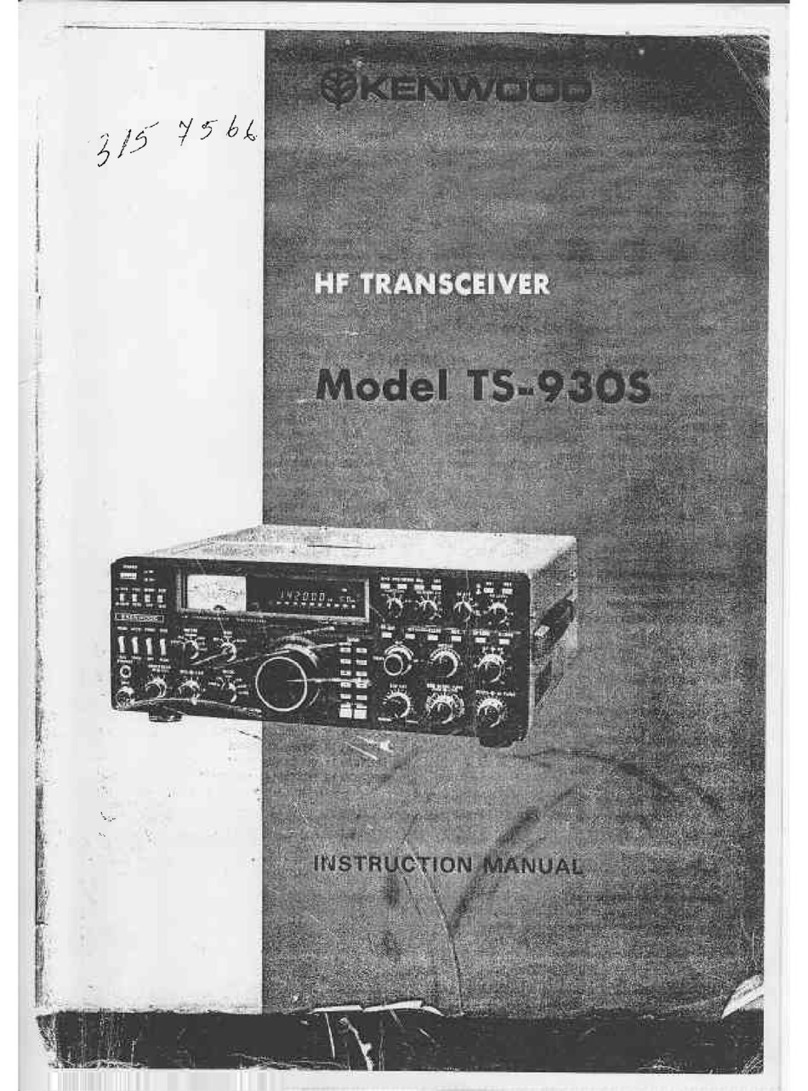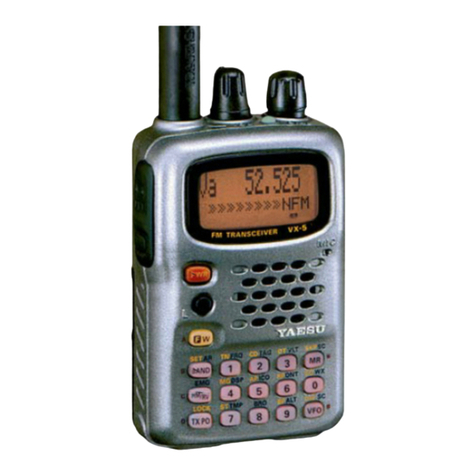Vertex Standard Spirit VXA-700 User manual




















Other manuals for Spirit VXA-700
2
Other Vertex Standard Transceiver manuals

Vertex Standard
Vertex Standard VX-3R User manual
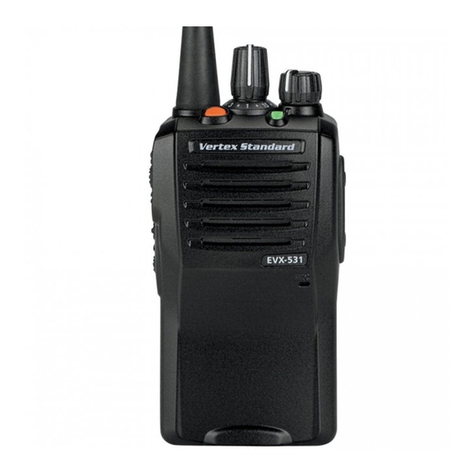
Vertex Standard
Vertex Standard EVX-531 User manual
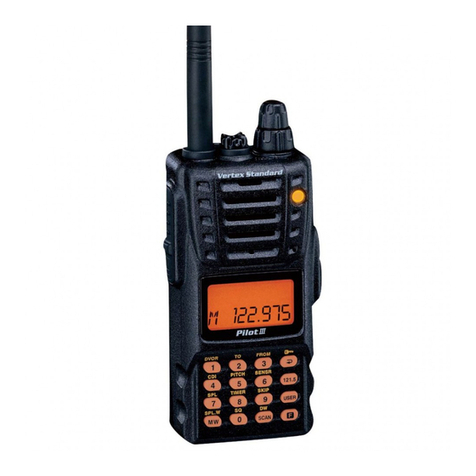
Vertex Standard
Vertex Standard VXA-300 Pilot III User manual
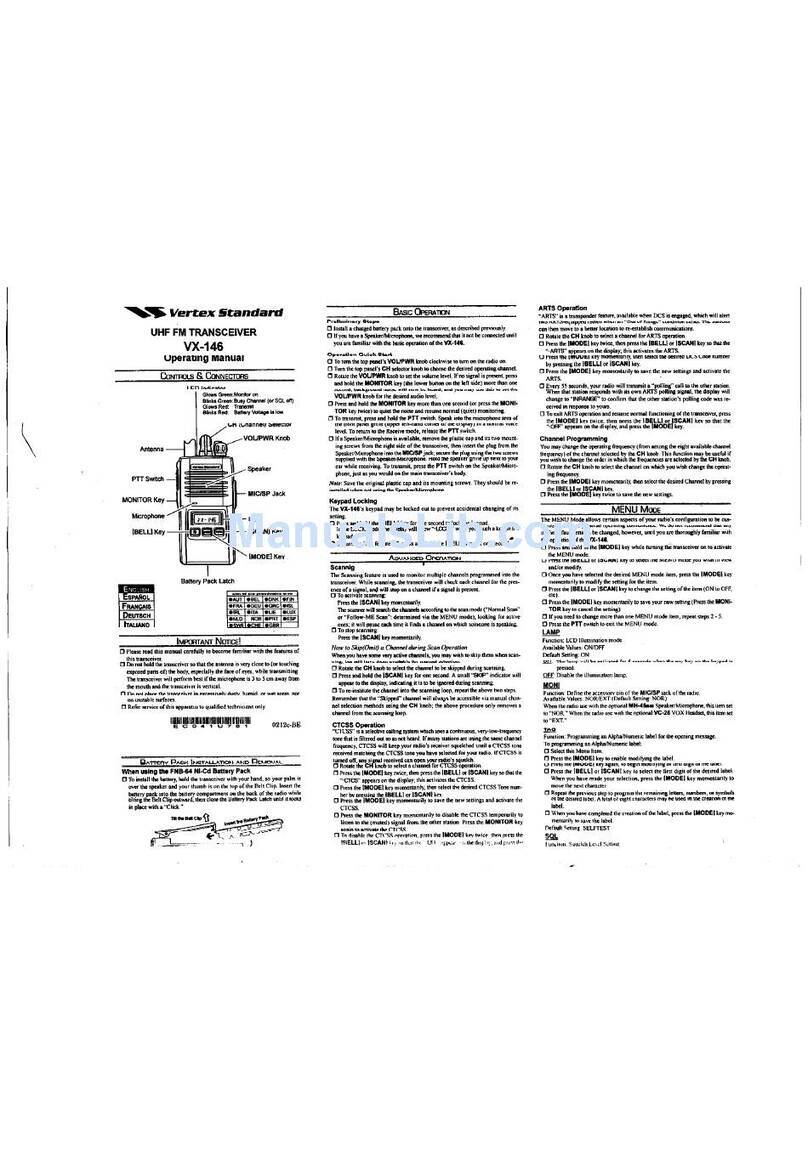
Vertex Standard
Vertex Standard VX-146 User manual
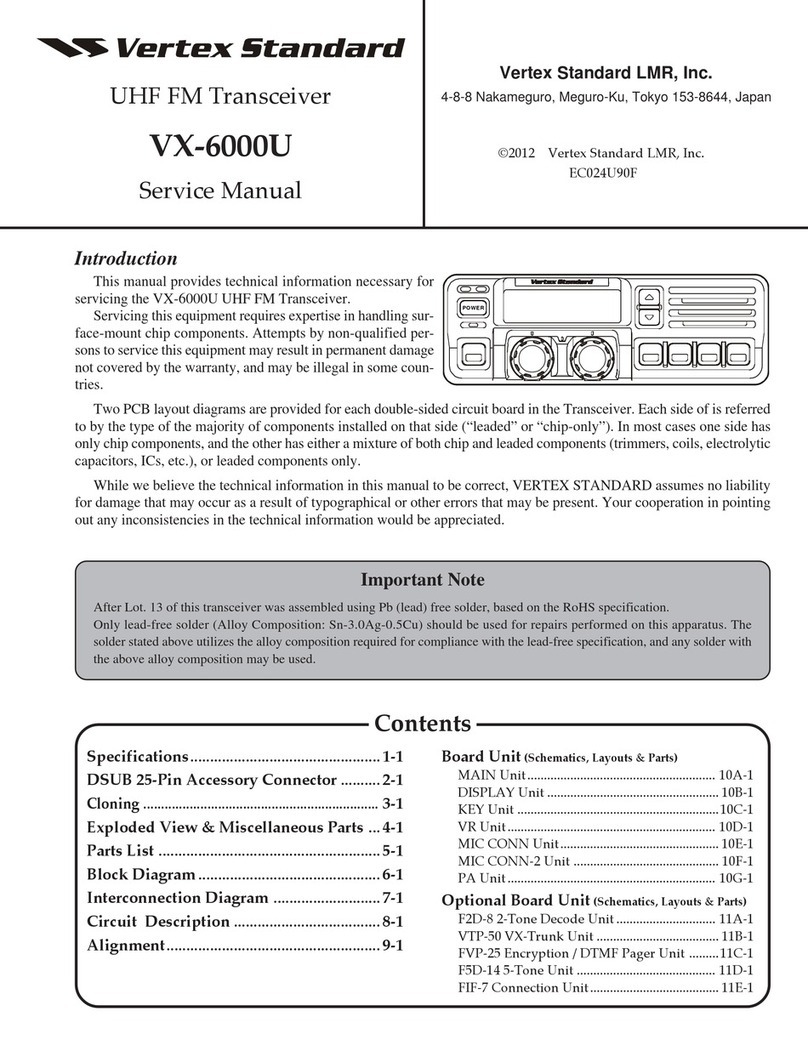
Vertex Standard
Vertex Standard VX-6000U User manual

Vertex Standard
Vertex Standard VX-2100 Series User manual
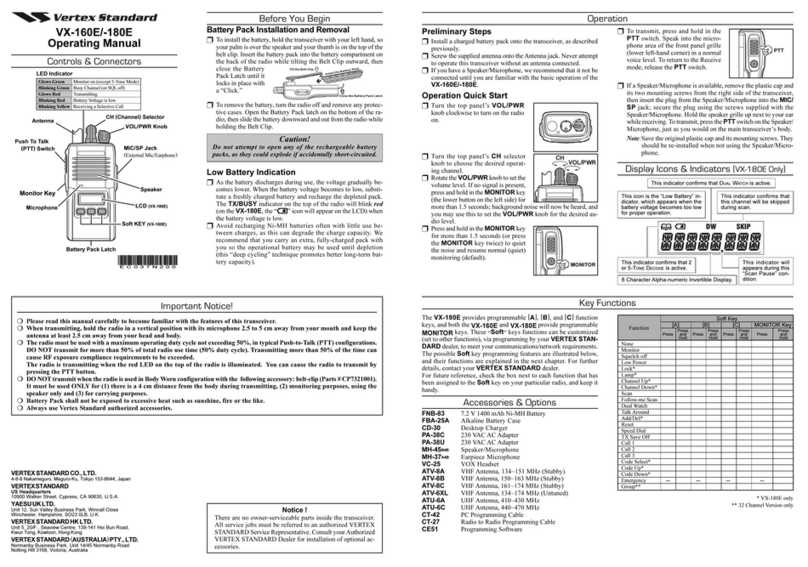
Vertex Standard
Vertex Standard VX-160E User manual
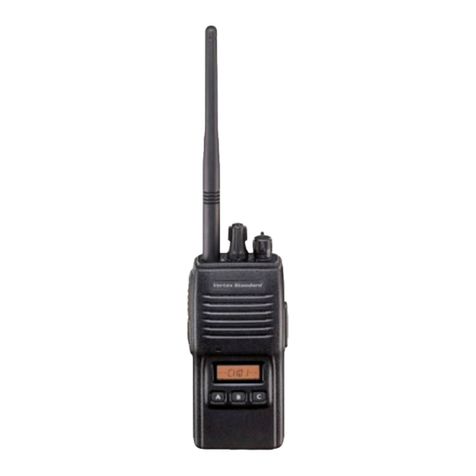
Vertex Standard
Vertex Standard VX-180U User manual
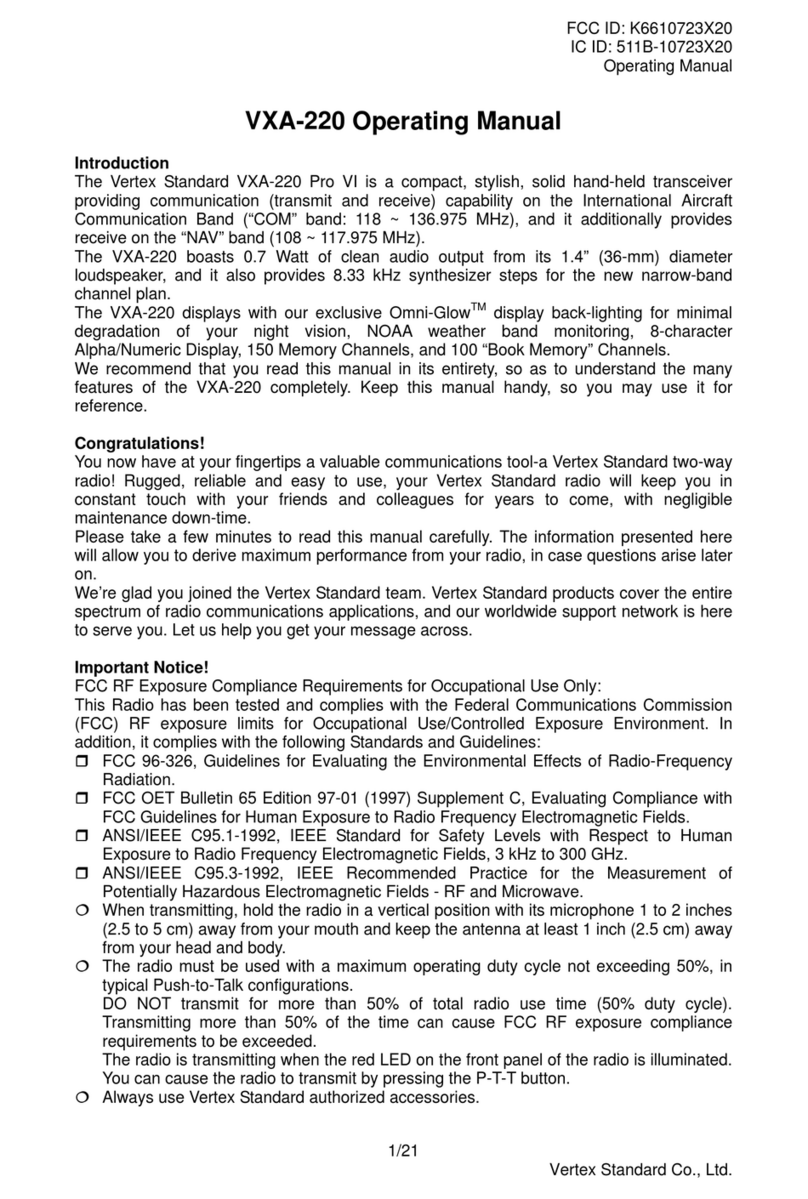
Vertex Standard
Vertex Standard VXA-220 User manual

Vertex Standard
Vertex Standard VX-350 series User manual
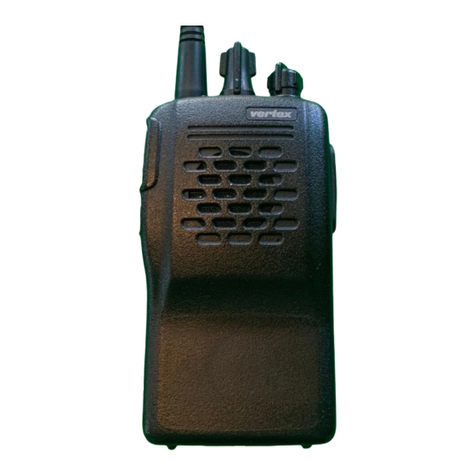
Vertex Standard
Vertex Standard VX-210AU User manual
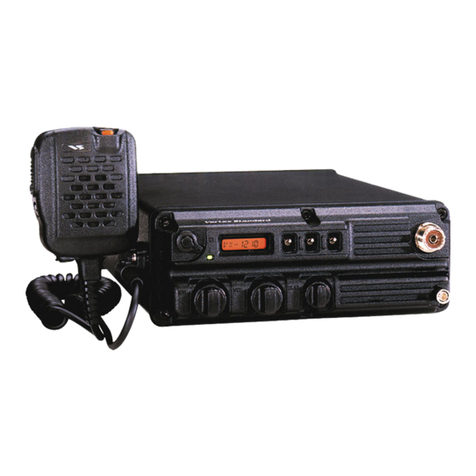
Vertex Standard
Vertex Standard VX-1210 User manual
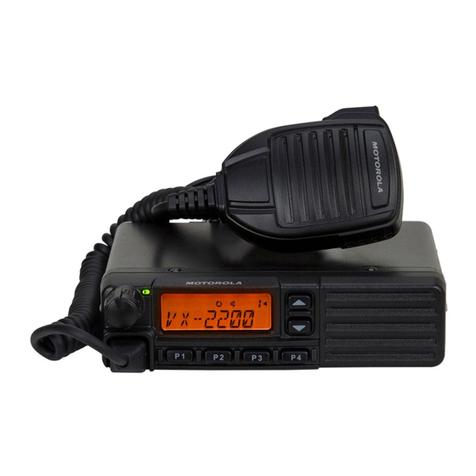
Vertex Standard
Vertex Standard VX-2200 Series User manual
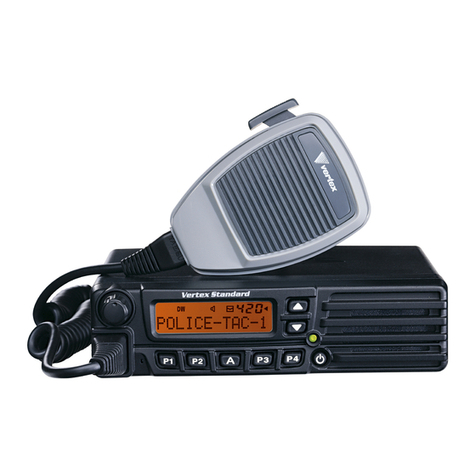
Vertex Standard
Vertex Standard VX-4200 Series User manual
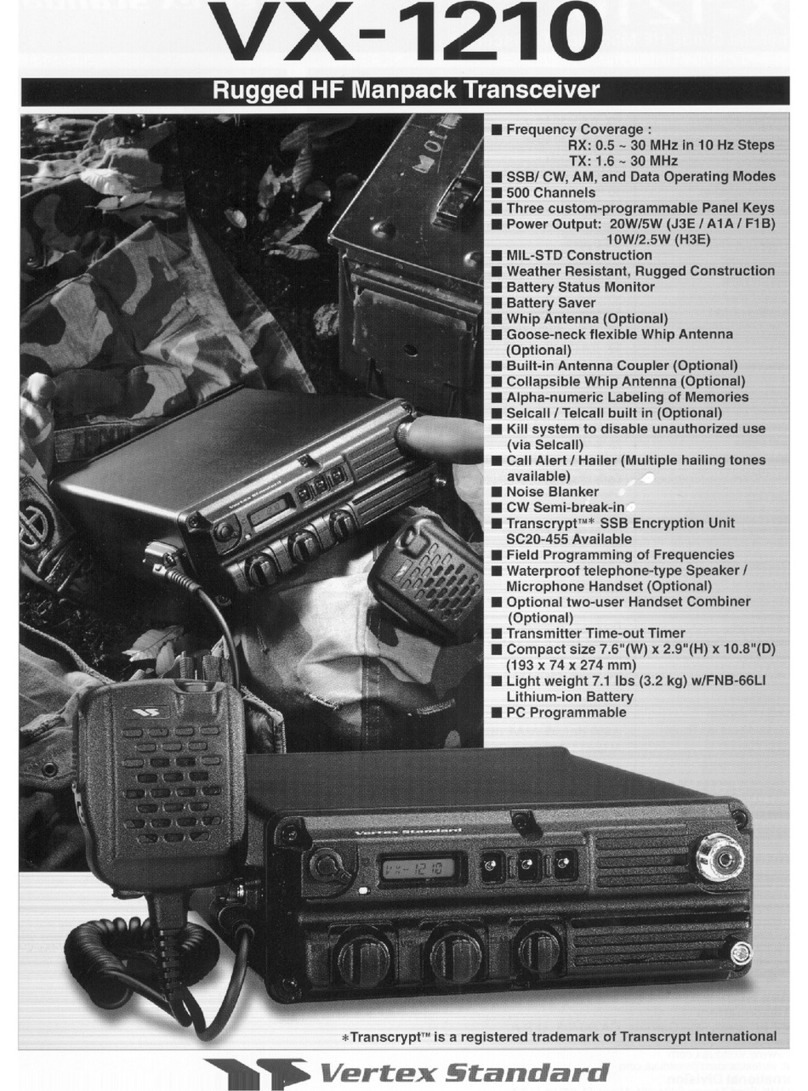
Vertex Standard
Vertex Standard VX-1210 User manual
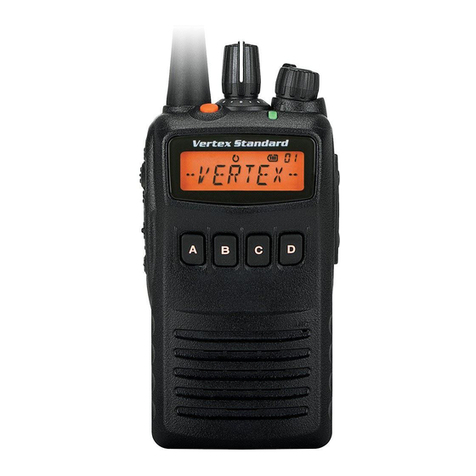
Vertex Standard
Vertex Standard VX-456 User manual
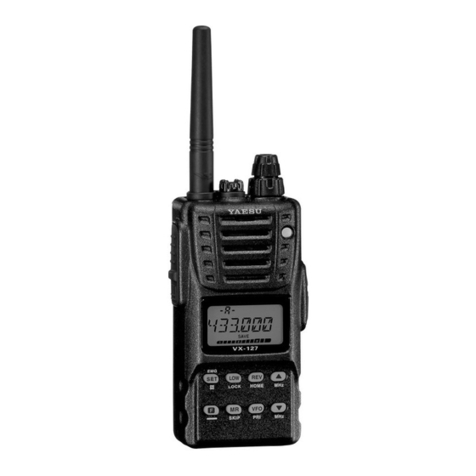
Vertex Standard
Vertex Standard VX-127 User manual
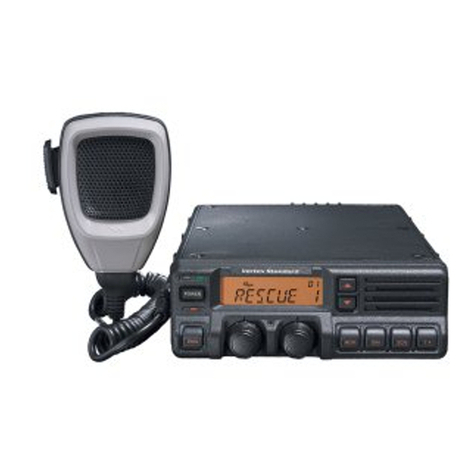
Vertex Standard
Vertex Standard VX-6000L User manual
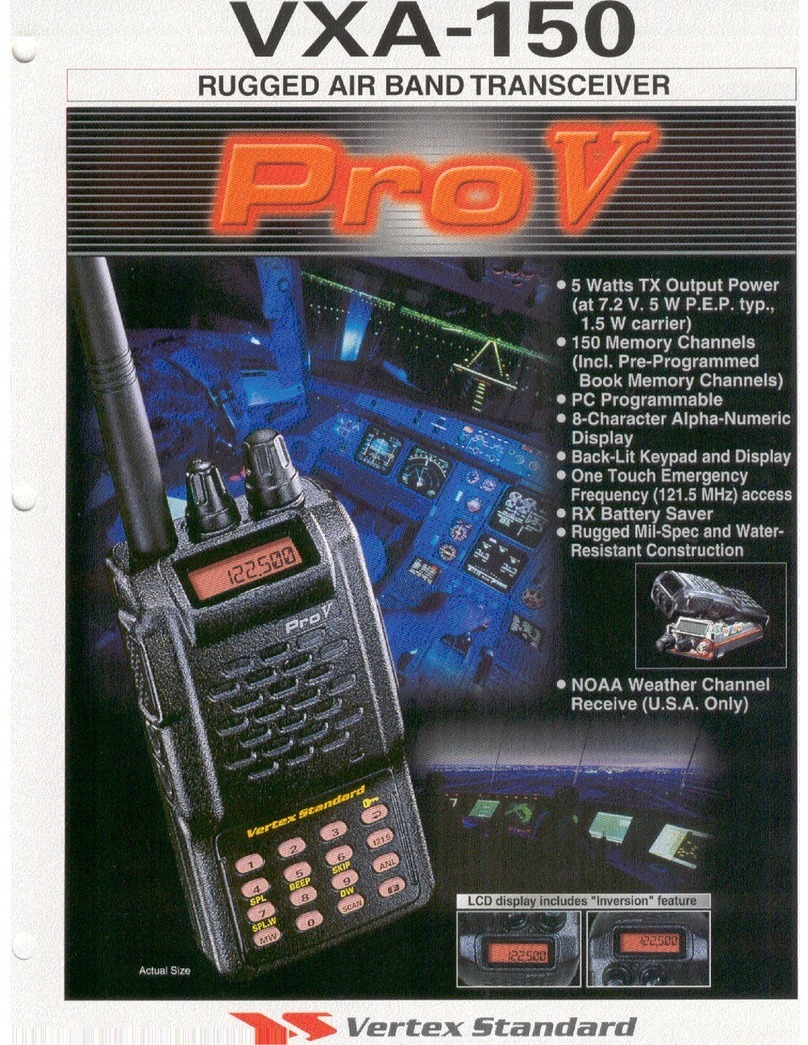
Vertex Standard
Vertex Standard VXA-150 User manual

Vertex Standard
Vertex Standard VXA-710 SPIRIT User manual
Popular Transceiver manuals by other brands
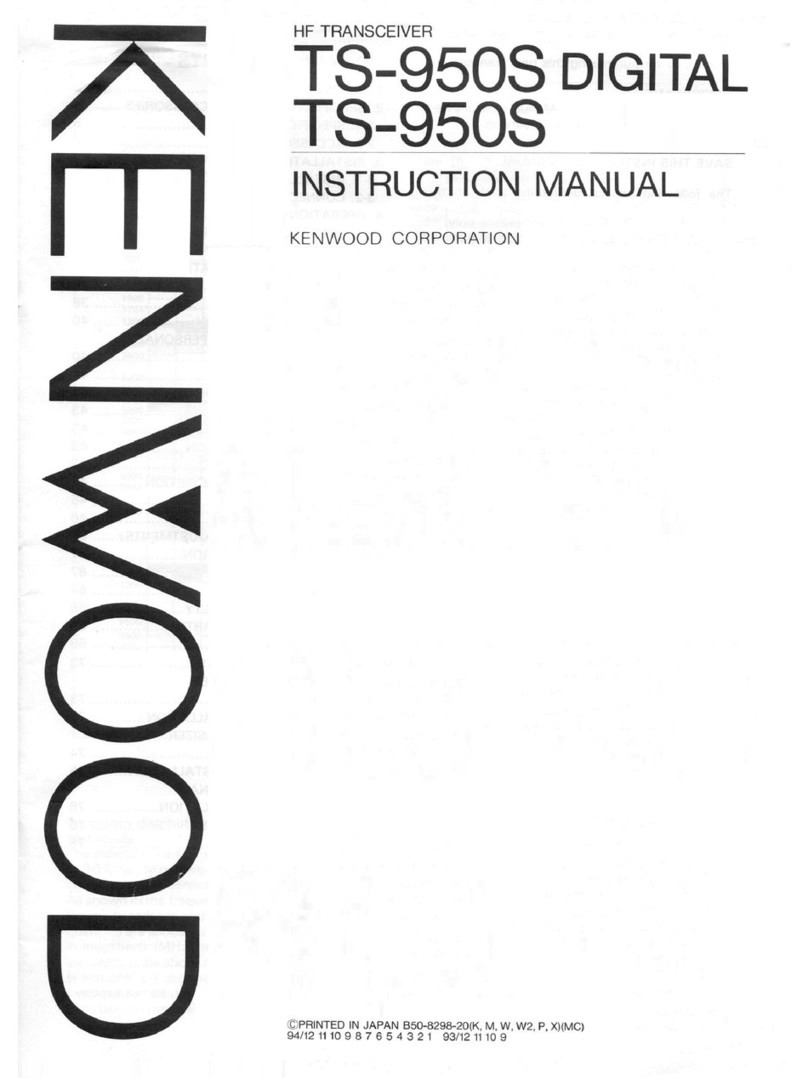
Kenwood
Kenwood TS-950D instruction manual

Harxon
Harxon HX-DU1601D user manual
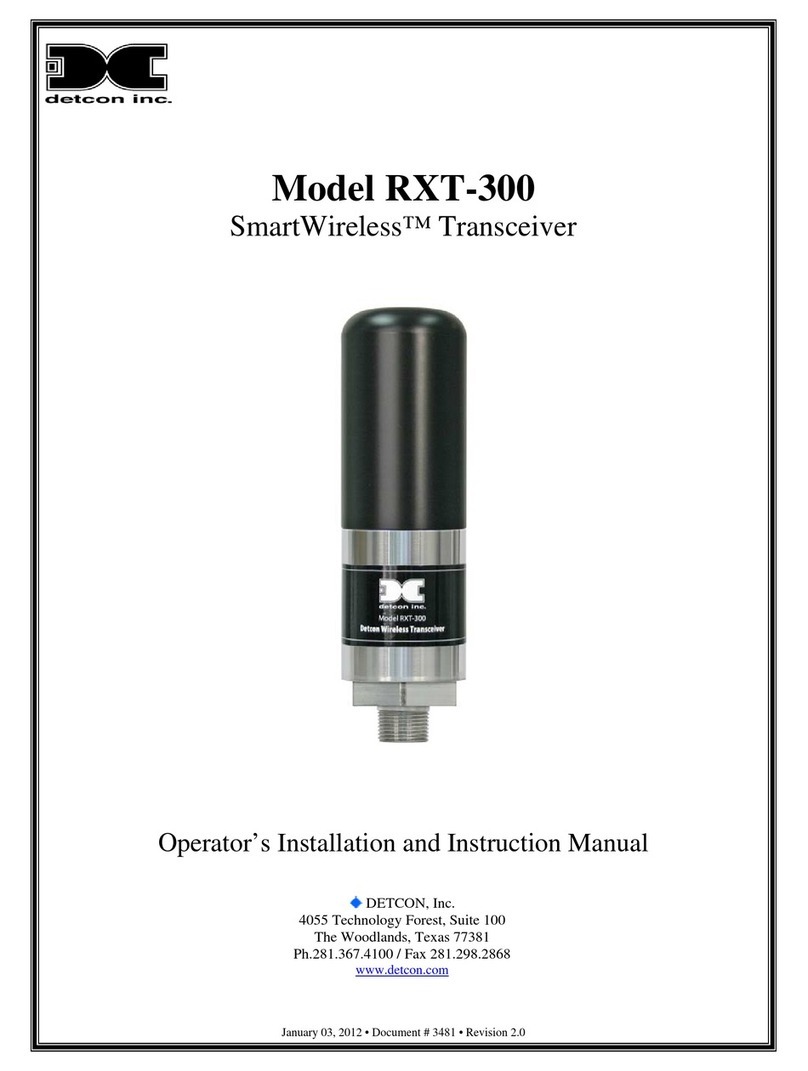
Detcon
Detcon SmartWireless RXT-300 Operator's installation and instruction manual
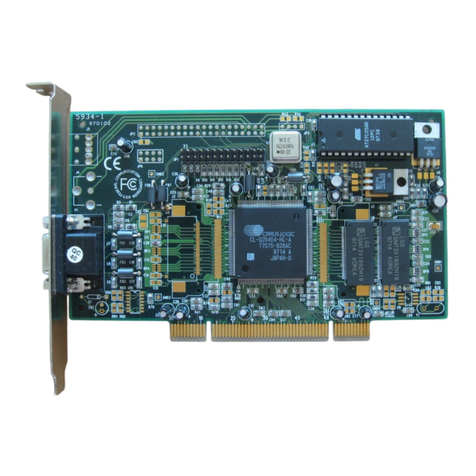
Cirrus Logic
Cirrus Logic CS8952 manual
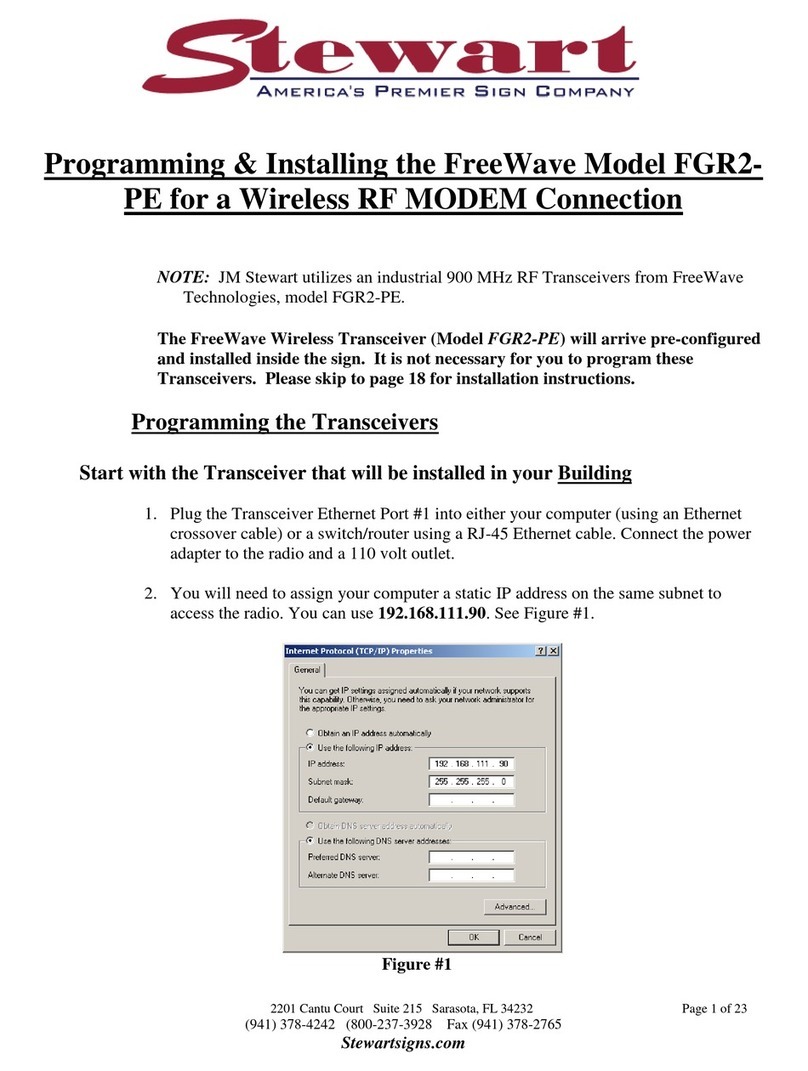
FreeWave
FreeWave FGR2-PE Programming & installation manual

Kenwood
Kenwood VHF P25 Transceiver TK-5710 Service manual
